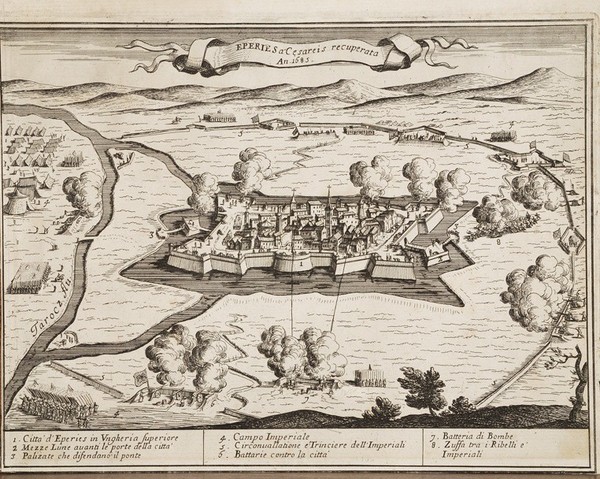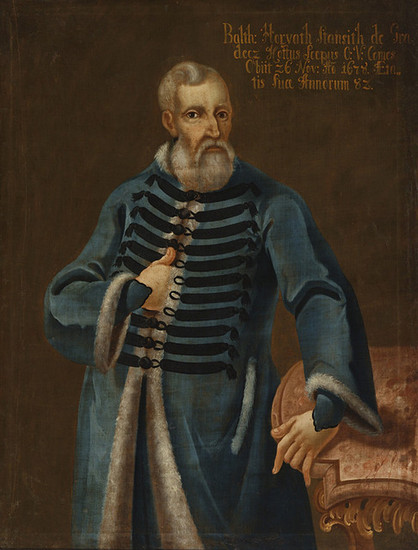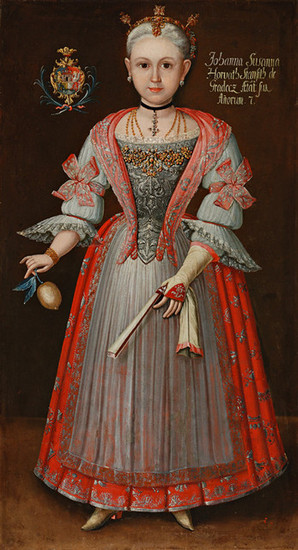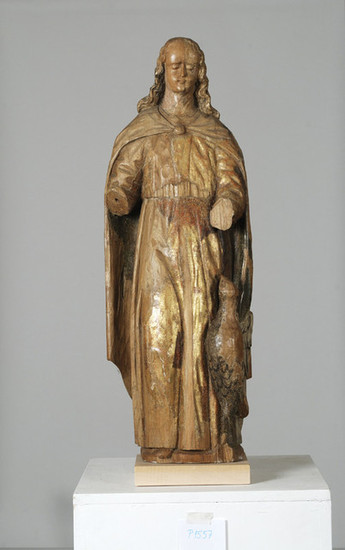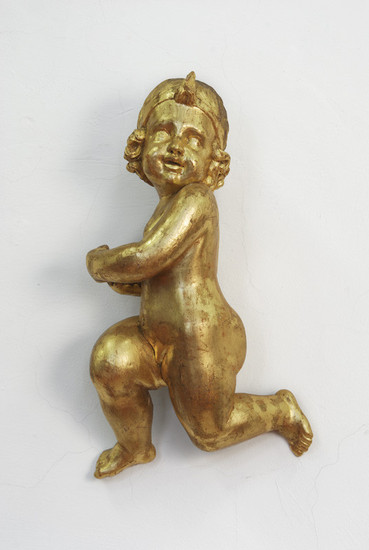Kaštieľ Strážky, Prízemie, Spišská Belá-Strážky
Curator: Katarína Kolbiarz Chmelinová
In spite of historically challenging times of modern period, the Upper Hungary had three areas, which concentrated its cultural and artistic life in.
Among these areas, the inconvertible position has east of today's Slovakia, especially the historical regions Spiš, Šariš and Abov, which create the counterweight to the center cities of the western region of Hungary and to the central Slovak mining towns. All of these profiled localities of the Middle Ages held its artistic different character also in the modern times.
The specific coloration of the artistic expression of the eastern cities of the Upper Hungary was created from the centuries of enduring contacts long time emancipated from Vienna and contrariwise closely connected with the north-west line of the Polish-Silesia-German area and The Nederlands, expressed in the opposite direction to Transylvania. In this aspect, naturally, the immediate activity of the different cultural circuit bounded with Orthodox and Greek Catholic faith of population cannot be ignored.
The phrase "Inter arma silent musae" is often associated with the Hungarian empire from second half of 16th century till the end of 18th century (the Reformation, the Turks, the estates rebellion, the violent counter-reformation), however by the artistic researches of the last decade the phrase has not been confirmed. Conversely, with the regard to the hard times, the researches sometimes surprisingly give evidence in the short periods of consolidation ratios in the blossom of the art of making in a number of the centers.
The indifferent exhibition Ars inter Arma is a partial contribution to the study of the early modern times art in Slovakia. The exhibition tries to bring closer the most prolific period of North-East Hungary of mentioned period with the works from the own collections and from other borrowings of other collection funds. Partly the exhibition is symbolically designed for spaces of the former Horvath-Stansithovský mansion in the renaissance style in Strážky, who was in 16th till 18th century the residency of an important school and humanistic library.
The exposition itself is naturally concentrated on the movable monuments. Their framework in 16th century is together with relatively small exploration and together with the separate researched exhibition projects (in SNG a recent exhibition Mária Uhorská, the forthcoming project Renaissance from the series of the History of Slovak fine arts in Hungary ongoing actions associated with the Year of renaissance because of the anniversary of the death of Matej Korvin) the reasons are just natural solutions of a given issue in this exhibition.
Just as the character of iconographic artistic production of the area blend together deeper in the early modern era with the making of so-called the Western circuit (a permanent exhibition of icons of SNG - the Zvolen Castle) requires separate processing and is not the subject of the exhibited project, imitated among other things with the spatial options.
In regard of its size, the exhibition places emphasis mostly on bringing periods of renewed local artworks in the early modern era closer, which are connected especially with early and late baroque production. It is mainly about fighting shaken the second half of the 17th century and subsequently about the period of the reign of Maria Theresa (1740-1780), with who it is here connected at the first place the extraordinary late baroque interiors unifying architecture, sculptures and paintings culminating with the construction of the Premonstratesian church and the monastery in Jasov. The offered overview ends closely around the year of 1780, when the development of the baroque art closes. By the end of the 18th century late Baroque and Rococo fade-away only in the primitive forms, in a parallel way with the starting classicism.
The installation of the exhibition Ars inter Arma in two rooms of the ground floor of the castle can offer only an indicative picture after the gothic of the second "golden age" eastern Slovak art. The exhibition and the catalogue are at the same time to the location „tailor-made" the contribution to 60th anniversary of the establishment of the Slovak national gallery, which over the decades its acquisition activity has received, processed, treated and shows to the public also a number of major works of the eastern Slovak provenance.
